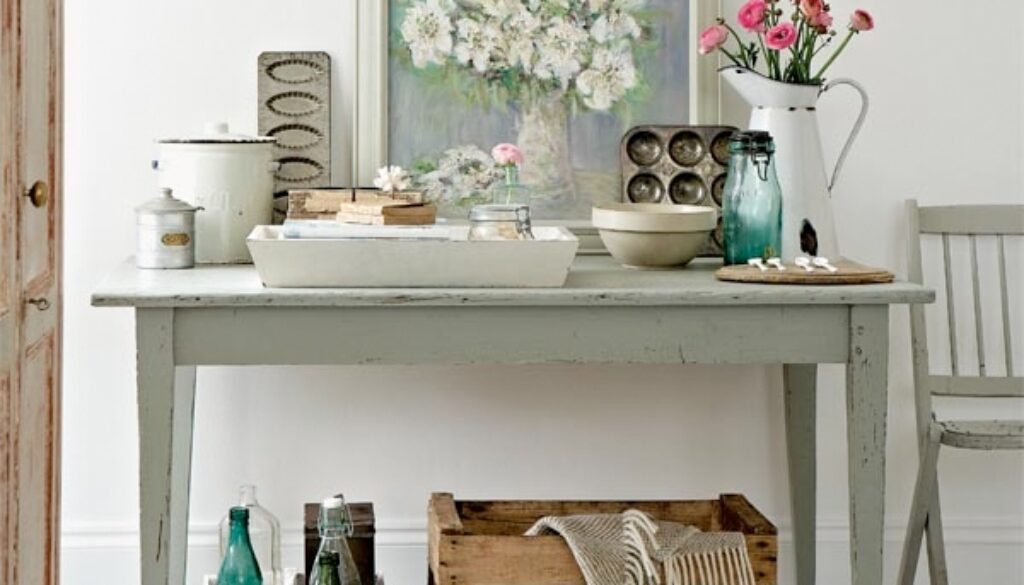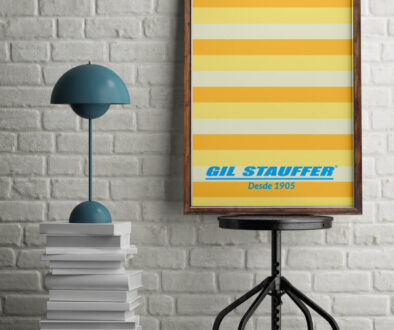How to make your own vintage furniture
Would you like to give your home a vintage touch but don't want to spend a lot of money on new furniture? Don't worry, in this tutorial we will show you how to make your own vintage furniture easily and cheaply.
Step 1: Choose materials
The first thing to do is to choose the materials you will use to build your furniture. You can opt for recycled wood, pallets, fruit crates, among others. Remember that the aim is to give the furniture an antique touch, so don't worry if the materials have imperfections or marks of use.
Council:
Before you start working with the wood, make sure you sand and clean it well to avoid splinters and dust.
Step 2: Design your furniture
Once you have the materials, it's time to design your furniture. Think about what kind of furniture you want to make and how you want it. You can look for inspiration in magazines, on the internet or in vintage furniture shops. Make sure you have the right measurements and draw a sketch of how you want the furniture to look.
Council:
If you don't have much design experience, you can look for templates or patterns online to help guide your work.
Step 3: Start construction
Once you have the materials and design, it's time to start construction. Use basic tools such as a hammer, nails, screws, saw and glue to assemble the pieces. If you don't have these tools, you can rent them or borrow them from friends or family.
Council:
If you have never built a piece of furniture before, start with something simple and work your way up as you gain more experience.
Step 4: Add a vintage touch to your furniture
Once you have built your furniture, it's time to give it a vintage touch. You can do this in different ways:
- Painting: Choose neutral or pastel colours and paint them irregularly or with light brushstrokes to give them an aged look.
- Pickling: Use sandpaper to remove the paint in certain areas and give it a worn look. This process can be more intense in areas where the furniture would have more natural wear, such as corners or legs.
- Prints: Use stencils or stencils to add vintage details to your furniture. You can use different techniques such as decoupage or image transfer to personalise your furniture.
Council:
If you want to give your furniture a more authentic, antique feel, you can use ageing techniques such as oxidising with vinegar or applying dark wax to highlight imperfections and give it a more natural look.
Step 5: Add decorative details
Once you've finished adding the vintage touch to your furniture, it's time to add decorative details to complement the aesthetic. You can use antique objects such as lamps, mirrors or vases to add personality to the room. You can also play with textures and add cushions, blankets or rugs to add a cosy touch.
Council:
Don't overdo it with the decorative details, remember that the aim is to give a vintage touch to the furniture and not to overload the room.
Furniture Storage Service
Once you have created your vintage furniture, you may need to move it or store it temporarily. This is where a furniture storage service and removals. If you are relocating or simply need extra space, a furniture storage service can provide you with a secure solution to store your furniture until you need it again.
Make sure you packing your furniture adequately to protect them during transportation or transport. move to Madrid u another national city. Use packaging materials such as bubble wrap, protective blankets and sturdy boxes if necessary. A professional removal service can help you with the safe packing and transport of your furniture.
Case study
1. Prepare the furniture for a stripped look
First you have to removing knobs and fittings that are on the piece of furniture. If the piece of furniture is already painted or varnished in poor condition, the old finish must be removed so that it is easier to work with. If the damage to the furniture does not affect the final finish, we can use the old coat of paint.
If the piece of furniture you want to work on is made of raw wood, we recommend sanding it a little before painting.
2. Choose the background colour of the pickling process
Normally, a dark and intense tone is chosen. If the furniture is already made of dark wood, nothing needs to be done. If the furniture has an ecru toneIt is preferable to apply the base colour with a coat of paint of the same colour to obtain a good result.
3. Paint the furniture in the main colour
Apply the paint in the colour you want the furniture to be. Normally cream, off-white, off-white, light grey or another shade of these colours are used. But there is no stipulated colour, all colours are acceptable, you decide which one you prefer. Once the colour has been chosen, two coats of paint must be applied. apply two coats of paint.
4. Remove the paint to give a stripped and worn look to the furniture.
First of all, check that the paint is dry. Once we see that this is the case, we will remove the paint so that the piece of furniture has that stripped finish. We advise you to sand in those places where it is more usual the wear of a piece of furniture, such as the edges, corners, profiles of the legs, etc.
To avoid scratching the furniture, it is advisable to use medium-grit sandpaper. Check, little by little, that the appearance of the furniture is natural.
5. Apply a decorative paint finish
Protect the furniture with a coat of wax stained with some coloured shoe polish to give it that aged look.
6. Fit knobs, handles and fittings.
Once finished, if we have had to dismantle the knobs, handles or fittings, it is time to put them back. You can take the opportunity to put new ones that accentuate the vintage look you want to give the piece of furniture.
We can't wait to see your creations, they are sure to be a work of art!
Conclusion
As you can see, making your own vintage furniture is a great way to save money and add a personal touch to your home. You don't need to be an expert in carpentry or design to create your own furniture, you just need a little creativity and patience.
Remember that the secret to giving your furniture an authentic, aged look is in the details. Use painting, distressing and embossing techniques to personalise your furniture and add decorative details to complement the aesthetic.
With these steps you will be able to create your own vintage furniture and give your home a unique and cosy touch. Let's get to work!







